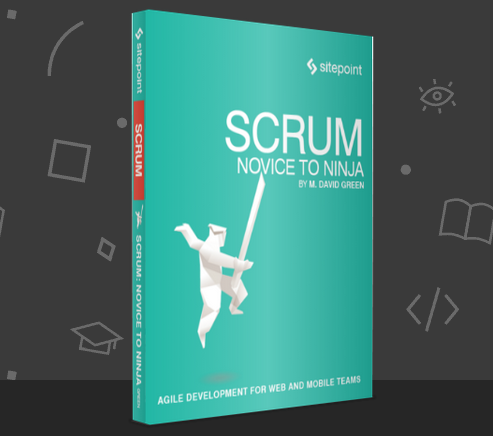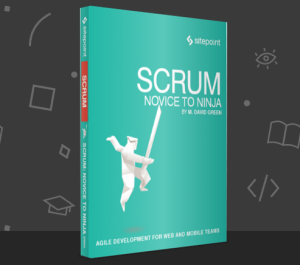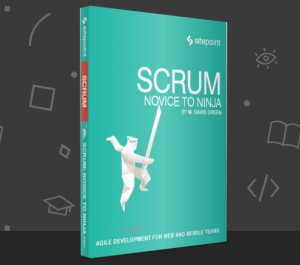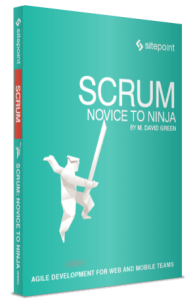
The following is an extract from our book, Scrum: Novice to Ninja, written by M. David Green. Copies are sold in stores worldwide, or you can buy it in ebook form here.
A physical scrum board made of index cards on the wall is subject to abuse, neglect, and possible mischief. People can brush against the board and knock index cards down. Cleaning staff can accidentally rearrange the board. And the changes from one day to the next may be difficult to spot. If you’re going to use a physical scrum board, it’s a good idea to take photographs of it on a daily basis, and publish those photographs in a place where everybody can access them. This method isn’t perfect, but it can provide a recovery system if the board gets disrupted during the normal course of business.
Apart from using a physical board, many companies have developed electronic tools and services that are designed to help teams capture and manage stories as they move from one state to the next. Some of these tools include the ability to track points, generate standard reports, and even set access and privacy levels. There are tools that allow teams to trigger automated build processes in a continuous integration by updating stories. Some tools tie into bug tracking systems commonly used across a wide range of industries, facilitating communication with clients and users. Others tools may simply support the electronic tracking of a story as a card, while allowing everybody to see everything and make any changes.
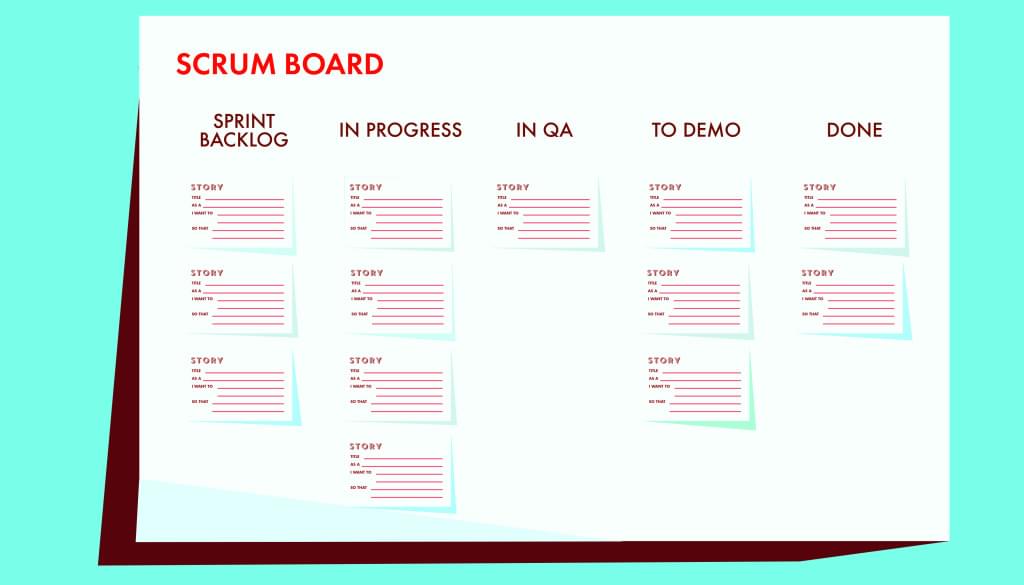
Among the most popular current online scrum board management tools that allow shared story management and tracking of points, velocity, and various states for each story in progress are:
Some teams prefer electronic tracking tools so they can be accessed online remotely, or displayed on a large monitor where the team can see it. The field of possible tools is constantly evolving, and any specific recommendations would quickly grow stale as new players enter this fast-moving field. In addition, companies creating these tools have different philosophies about how scrum should work. Those philosophies are reflected in the way the tools are designed.
Changing tools can be a difficult process, and few tools will support direct export in a format that a competing tool can import directly. It’s up to each team to decide which tool’s philosophy best matches their own approach, and find one they can stick with. A good scrum master should be familiar with the tradeoffs associated with different options.
I've worked as a Web Engineer, Writer, Communications Manager, and Marketing Director at companies such as Apple, Salon.com, StumbleUpon, and Moovweb. My research into the Social Science of Telecommunications at UC Berkeley, and while earning MBA in Organizational Behavior, showed me that the human instinct to network is vital enough to thrive in any medium that allows one person to connect to another.
